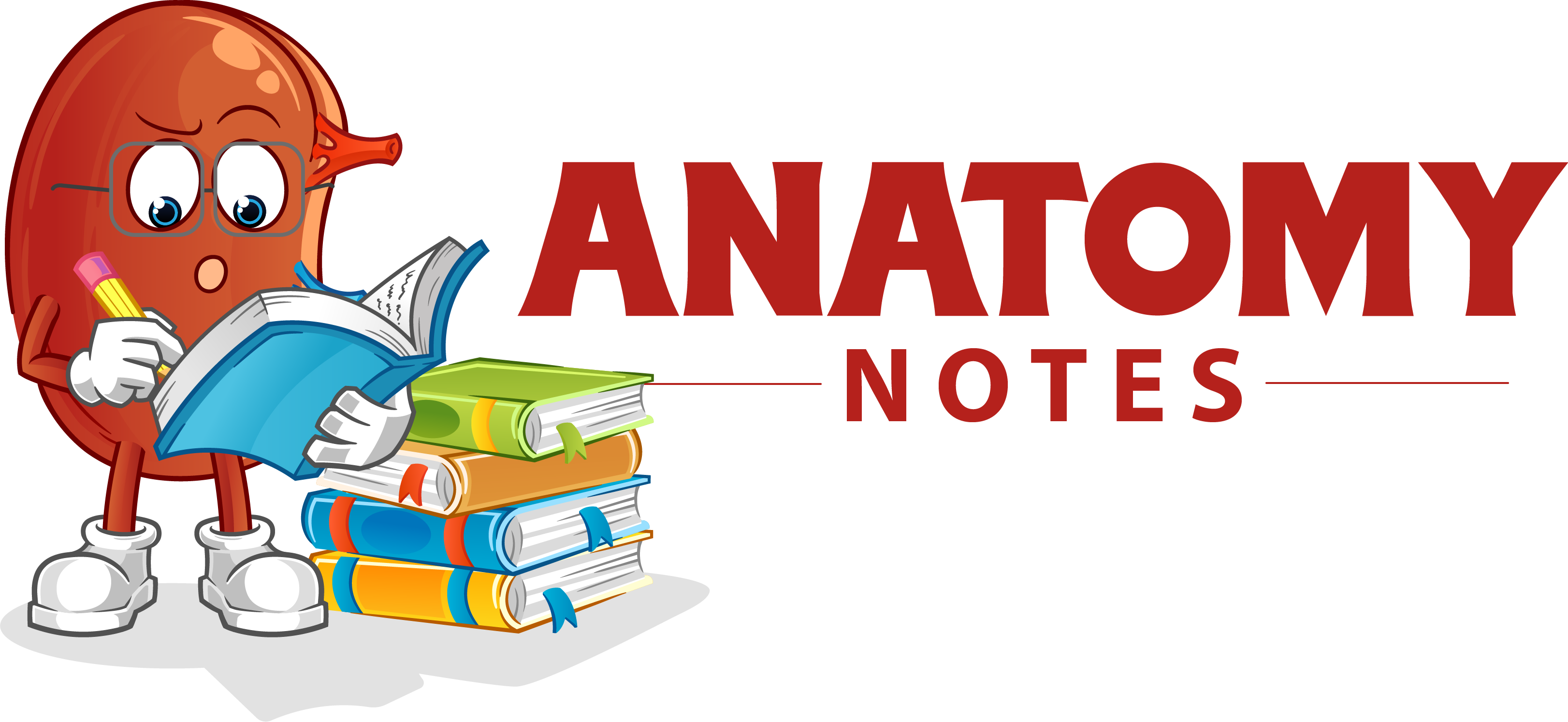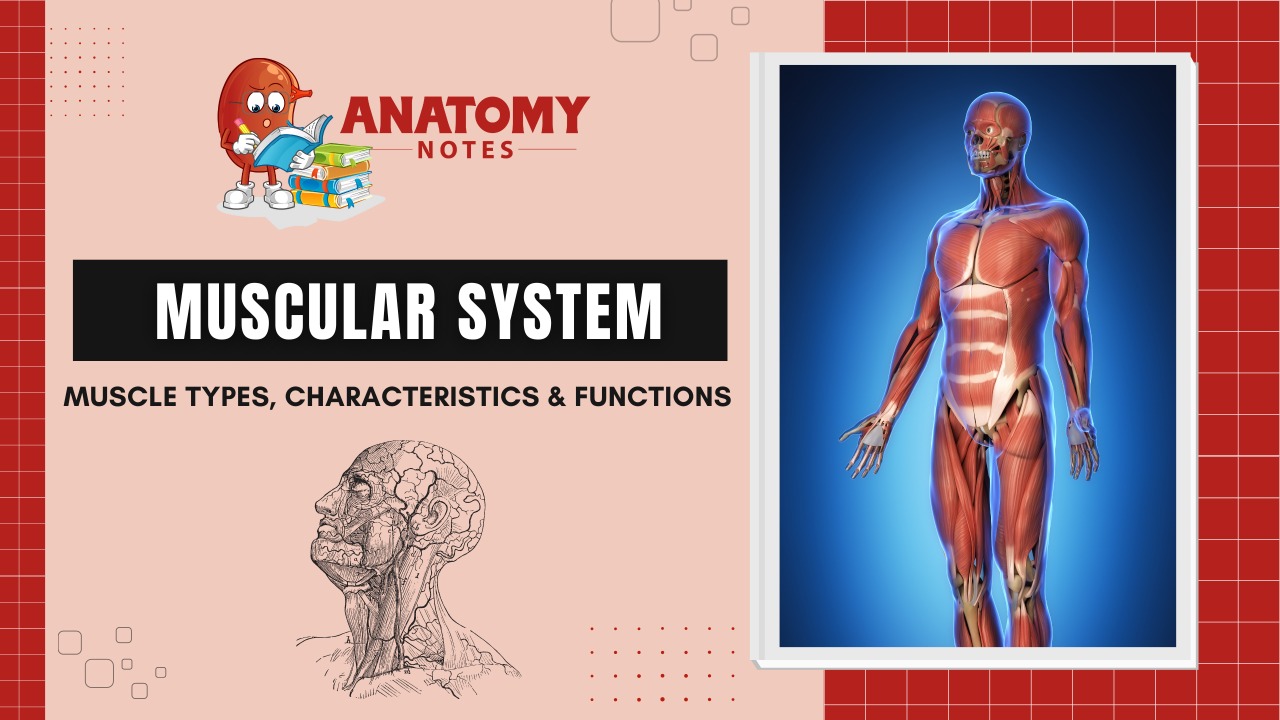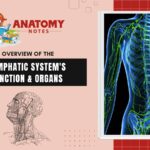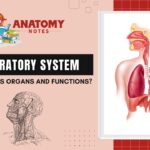The muscular system allows us to move, flex and control our bodies. Practicing yoga is a good example of the voluntary use of the muscular system.
The word Muscles refer to all contractile tissue.
The term muscle comes from the Latin word mus, which means “mouse,” because the movement of muscles looks like mice running around under our skin.
Due to the contractile property muscle tissue become short and thick in the response of nerve impulse.
Muscles then relax back to their original length once that impulse is removed. When contracting, the muscles do not simply shorten but exert a force as they become shorter.
This alternate contraction and relaxation are what causes movement. Muscle cells are elongated and resemble strands of metal such as those found in cables.
Muscle tissue is constructed of bundles of these strands that are referred to as muscle fibers. These fibers are approximately the diameter of human hair.
Under the direction of the nervous system, all the muscles provide for the motion of some type for your body.
Also Read: Lymphatic system – Organs associated and functions of the lymphatic system
Lymphatic system – Organs associated and functions of lymphatic system
Types of Muscles
The body has three major types of muscles: skeletal, smooth, and cardiac. We begin with a general description and comparison of these three muscle types and then get more specific about each type.
Skeletal muscles
- Skeletal muscles are voluntary muscles, which means they are under conscious control and derive their name because they are attached to the skeleton.
- The fibers in skeletal muscles appear to be striped and are therefore called striated (striped) muscle.
- These muscles allow us to perform external movements—running, lifting, or scratching, for example.
- These are the muscles we try to develop through exercise and sports and also so we look good at the beach.
Smooth muscles
- Smooth muscle is involuntary and not under our conscious control. It is also called smooth muscle because it does not have the striped appearance of skeletal muscles.
- This involuntary muscle is found within certain organs, blood vessels, and airways. Because it is the muscle of organs, it is sometimes called visceral muscle.
- Smooth muscle allows for the internal movement of food (peristalsis) in the case of the stomach and other digestive organs.
- In addition, smooth muscle facilitates the movement of blood by changing the diameter of the blood vessels (vasoconstriction and vasodilation) and also the movement of air by changing the diameter of the airways found in our lungs.
Cardiac muscle
- The specialized cardiac muscle, which is striated like skeletal muscle. This muscle type is found solely in the heart.
- It makes up the walls of the heart and causes it to contract. These contractions cause the internal movement (circulation) of blood within the body.
- Fortunately, cardiac muscle, like smooth muscle, is an involuntary muscle. Imagine if we had to think each time for our heart to beat.
Also Read: Endocrine System – Introduction, Structure & Functions
Endocrine System – Introduction, Structure & Functions
Characteristics of muscles- Muscular System
- All muscles share certain characteristics such as the ability to stretch, called extensibility.
- For example, if you would swallow a large bolus of food, the smooth muscle in your esophagus must be able to stretch and allow it to pass or it would become painfully stuck.
- In addition, they all share contractility, which is the ability to contract or shorten muscle fibers forcefully.
- All muscles exhibit excitability, which is muscle response to stimulation by either nerves or hormones.
- Finally, all muscles show some level of elasticity, which is the ability to return to the original resting length after being stretched.
Some important features of muscles:-
- Muscles make up almost half the weight of the body.
- There are 650 different muscles in the human body.
- The size of your muscles is influenced by how much you use them.
- This is why speed skaters have large leg muscle Individual elongated muscle cells can be up to 12 inches, or 30 centimeters, in length.
- At about the age of 40, the number and diameter of muscle fibers begin to decrease, and by age 80, up to 50 percent of the muscle mass may be lost.
- Exercise and good nutrition help to minimize this loss.
Functions of muscles:-
- Muscles help us in the movement of the body by the contraction.
- Muscles also help to maintain the posture of the body
- It also stabilizes the joints of the body.
- It generates heat.
Frequently Asked Questions (FAQs)
What are the 3 main muscle systems?
The three main muscle systems in the human body are:
- Skeletal Muscle System: These are the muscles that attach to bones and allow for movement of the body. They are responsible for voluntary movements like walking, running, lifting weights, etc.
- Smooth Muscle System: These are the muscles that are found in the walls of internal organs such as the stomach, intestines, and blood vessels. They are responsible for involuntary movements like the contractions of the digestive system and blood vessels.
- Cardiac Muscle System: These are the muscles found in the heart and are responsible for pumping blood throughout the body. Cardiac muscles are involuntary muscles that work continuously throughout a person’s life.
What are the four primary roles of the muscular system?
The muscular system has four main functions:
- Movement: The primary function of muscles is to produce movement of the body or its parts. Muscles work together with bones and joints to create the various movements we perform, such as walking, running, jumping, and lifting objects.
- Posture: Muscles play a vital role in maintaining good posture by supporting the body against gravity. They help keep the body upright and balanced and prevent excessive strain on the joints.
- Heat Production: Muscles generate heat when they contract, which helps to maintain body temperature. During exercise or in cold environments, the muscles produce more heat to keep the body warm.
- Protection: Muscles provide protection to internal organs and other structures. For example, the abdominal muscles help protect the internal organs in the abdominal cavity, and the muscles of the back help protect the spinal cord.
What is the importance of the muscular system?
The muscular system is of utmost importance to the human body for several reasons, including:
- Movement: Muscles work together with bones and joints to produce movement. Without muscles, the body would not be able to move, and simple tasks like walking, running, and picking up objects would be impossible.
- Strength and Endurance: Muscles provide strength and endurance to the body, allowing individuals to perform physical tasks for extended periods.
- Posture: The muscular system plays a crucial role in maintaining good posture by supporting the body against gravity. Poor posture can lead to various health problems like back pain, neck pain, and headaches.
- Protection: Muscles provide protection to the internal organs and other structures in the body, such as the bones and joints.
- Heat Production: Muscles generate heat when they contract, which helps maintain body temperature. This is especially important during exercise or in cold environments.
- Circulation: The smooth muscles in the walls of blood vessels help regulate blood flow and maintain blood pressure.
- Metabolism: Muscles are highly metabolic tissues, meaning they require a lot of energy to function. This energy comes from the nutrients and oxygen supplied by the blood vessels. As a result, the muscular system is a critical component of the body’s metabolism.
What are the benefits of muscles?
Muscles provide several benefits to the human body, including:
- Increased Strength: By building and strengthening muscles through exercise, individuals can increase their overall strength and endurance, making it easier to perform physical tasks.
- Improved Flexibility: Regular stretching and exercise can help improve flexibility and range of motion in the joints, making movement easier and reducing the risk of injury.
- Better Posture: Strong muscles help maintain good posture, reducing strain on the joints and preventing back and neck pain.
- Increased Metabolism: Muscles are highly metabolic tissues that require energy to function, even when at rest. Building muscle mass can increase metabolism, allowing individuals to burn more calories and maintain a healthy weight.
- Stronger Bones: Regular exercise that strengthens the muscles can also help strengthen bones, reducing the risk of fractures and osteoporosis.
- Improved Cardiovascular Health: Exercise that engages the muscles also engages the cardiovascular system, helping to improve heart health and reduce the risk of heart disease.
- Improved Mental Health: Exercise and physical activity that engage the muscles can also have a positive impact on mental health, reducing stress, anxiety, and depression.
What are muscles made of?
Muscles consist of elongated and slender cells known as muscle fibers. Muscle fibers contain protein filaments called actin and myosin, which slide past one another to produce the force and movement of contraction. Muscles also contain connective tissue, blood vessels, and nerves, which work together to control and coordinate muscle activity.
What's muscle tissue?
Muscle tissue is a type of tissue in the body that is specialized for contraction, enabling movement and other bodily functions. There are three types of muscle tissue:
- Skeletal Muscle: This type of muscle is attached to bones and allows for voluntary movements such as walking, running, and lifting weights. It is striated (striped) and under conscious control.
- Smooth Muscle: Smooth muscle is located in the walls of internal organs like the stomach, intestines, and blood vessels.
- Cardiac Muscle: Cardiac muscle is found in the walls of the heart and is responsible for the pumping action that circulates blood throughout the body. It is striated like skeletal muscle but is under involuntary control.




